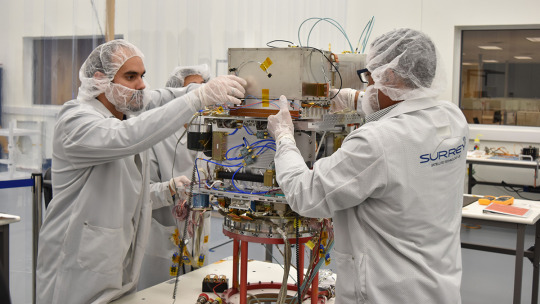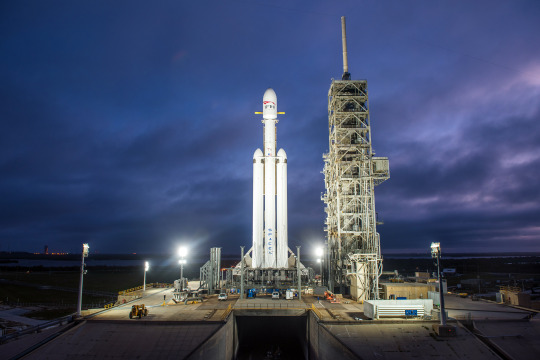
We are set to send a new technology to space that will change the way we navigate spacecraft — even how we’ll send astronauts to Mars and beyond. Built by our Jet Propulsion Laboratory in Pasadena, California, the Deep Space Atomic Clock is a technology demonstration that will help spacecraft navigate autonomously. No larger than a toaster oven, the instrument will be tested in Earth orbit for one year, with the goal of being ready for future missions to other worlds.
Here are five key facts to know about our Deep Space Atomic Clock:
1) It works a lot like GPS

The Deep Space Atomic Clock is a sibling of the atomic clocks you interact with every day on your smart phone. Atomic clocks aboard satellites enable your phone’s GPS application to get you from point A to point B by calculating where you are on Earth, based on the time it takes the signal to travel from the satellite to your phone.
But spacecraft don’t have GPS to help them find their way in deep space; instead, navigation teams rely on atomic clocks on Earth to determine location data. The farther we travel from Earth, the longer this communication takes. The Deep Space Atomic Clock is the first atomic clock designed to fly onboard a spacecraft that goes beyond Earth’s orbit, dramatically improving the process.
2) It will help our spacecraft navigate autonomously

Today, we navigate in deep space by using giant antennas on Earth to send signals to spacecraft, which then send those signals back to Earth. Atomic clocks on Earth measure the time it takes a signal to make this two-way journey. Only then can human navigators on Earth use large antennas to tell the spacecraft where it is and where to go.
If we want humans to explore the solar system, we need a better, faster way for the astronauts aboard a spacecraft to know where they are, ideally without needing to send signals back to Earth. A Deep Space Atomic Clock on a spacecraft would allow it to receive a signal from Earth and determine its location immediately using an onboard navigation system.
3) It loses only 1 second in 9 million years

Any atomic clock has to be incredibly precise to be used for this kind of navigation: A clock that is off by even a single second could mean the difference between landing on Mars and missing it by miles. In ground tests, the Deep Space Atomic Clock proved to be up to 50 times more stable than the atomic clocks on GPS satellites. If the mission can prove this stability in space, it will be one of the most precise clocks in the universe.
4) It keeps accurate time using mercury ions

Your wristwatch and atomic clocks keep time in similar ways: by measuring the vibrations of a quartz crystal. An electrical pulse is sent through the quartz so that it vibrates steadily. This continuous vibration acts like the pendulum of a grandfather clock, ticking off how much time has passed. But a wristwatch can easily drift off track by seconds to minutes over a given period.
An atomic clock uses atoms to help maintain high precision in its measurements of the quartz vibrations. The length of a second is measured by the frequency of light released by specific atoms, which is same throughout the universe. But atoms in current clocks can be sensitive to external magnetic fields and temperature changes. The Deep Space Atomic Clock uses mercury ions — fewer than the amount typically found in two cans of tuna fish — that are contained in electromagnetic traps. Using an internal device to control the ions makes them less vulnerable to external forces.
5) It will launch on a SpaceX Falcon Heavy rocket

The Deep Space Atomic Clock will fly on the Orbital Test Bed satellite, which launches on the SpaceX Falcon Heavy rocket with around two dozen other satellites from government, military and research institutions. The launch is targeted for June 24, 2019 from NASA’s Kennedy Space Center in Florida and will be live-streamed here: https://www.nasa.gov/live
Make sure to follow us on Tumblr for your regular dose of space: http://nasa.tumblr.com.



Комментариев нет:
Отправить комментарий